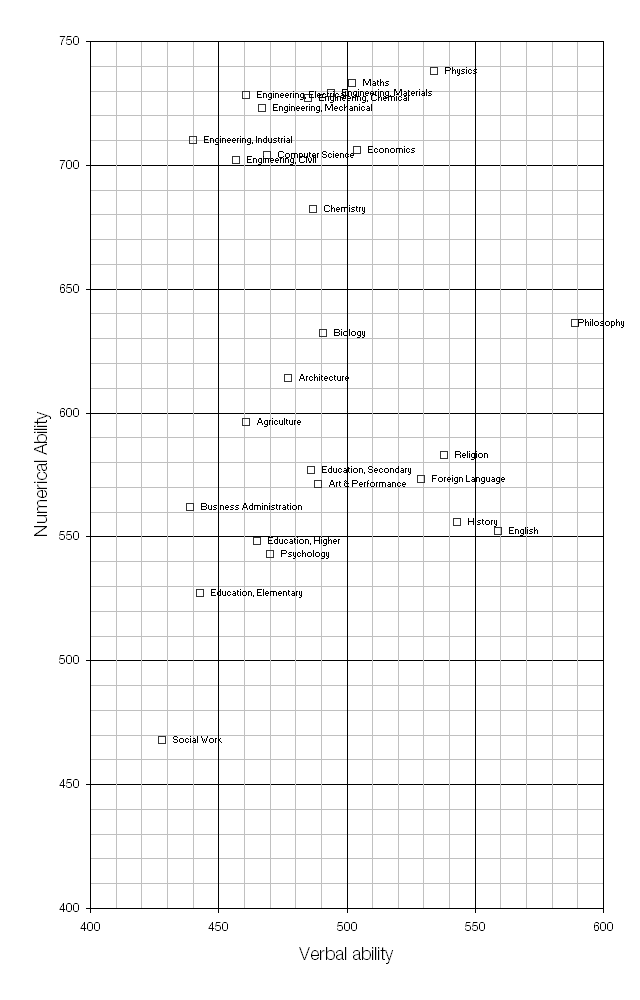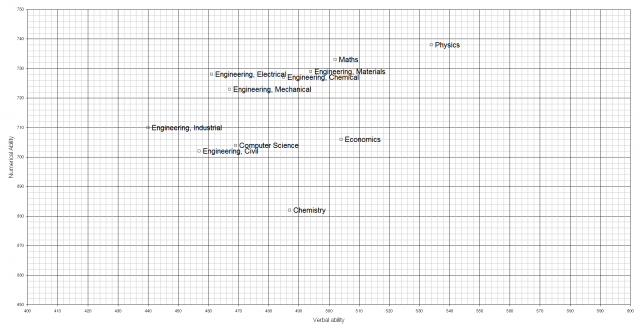I’d like to invite you to join me in taking part in the 1023 Challenge: a mass homeopathic “overdose” taking place this weekend.
Yearly Archives: 2011
Infrared imagery of the transport of nuclear waste
As much as I loathe Greenpeace, they’ve released some fantastic infrared imagery of nuclear waste being transported by train. The intent seems to be to try and get people to think that the casks are emitting something dangerous, but I think they do quite the opposite.


The waste is being transported in CASTOR containers from Germany to France for reprocessing and then back to Germany for reuse.
I haven’t been able to find much information from Greenpeace about the images, but I love how they’re described by National Geographic (who should know better) as Red-Hot Nuclear-Waste Train Glows in Infrared despite the fact that they’re not even close to red hot: at somewhere around 35°C they’re actually colder than the people watching them.
Images copyright Greenpeace
Who are the smartest postgraduates?
The Graduate Record Examination is a standardised test that many undergraduates take as part of the application process to a postgraduate course in the US. It tests quantitative numerical, verbal and writing skills. Data on average scores, grouped by the field of study being applied for, is available online.

The further towards the top-right-hand corner a subject is, the smarter the applicants for that subject. Notice that physics, religion and foreign language majors have similar verbal scores, but the physicists have far greater quantitative scores. Of the three types of education, elementary (primary), secondary and higher, secondary school teachers have the highest scores of all.
The top of the quantitative scale is dominated by scientists, and is a little crowded, so an extract of the graph is below.
Now I don’t want to boast, but click to enlarge and look where Physicsts appear …
The loudest sound
Sound is created by vibrating objects. As an object, such as a loudspeaker’s diaphragm moves back and forth it compresses the air, causing changes in pressure. These changes in pressure cause your eardrum to move back and forth and these back-and-forth movements are translated by your brain into sound. Larger, louder, movements cause greater changes in pressure.
 A tuning fork creates compressions (higher pressures) and rarefactions (lower pressures) in the air.
A tuning fork creates compressions (higher pressures) and rarefactions (lower pressures) in the air.
The human ear is incredibly good at detecting changes in air pressure; it can detect the greatest range of stimuli of all your senses. The quietest sound that the ear can hear is the smallest change in pressure that it can detect: 20 µPa, less than a billionth of atmospheric pressure. To calculate the volume of a sound you must compare the pressure change caused by the sound with this smallest detectable change.

The decibel* scale is logarithmic. One bel represents a tenfold increase in pressure so a 50 dB sound is ten times louder than a 40 dB sound. The average volume of human speech is about 60 dB and the threshold of ear pain is 130 dB, some 107 or ten million times louder.
Because a sound wave consists of alternating low and high pressures there comes a point at which the sound is so loud that the rarefaction (low) pressure is the lowest possible pressure: a vacuum at 0 Pa. This corresponds to a compression pressure of one atmosphere or 101325 Pa. If we put these figures into the equation for volume we find:

![]()
So there you have it: the loudest possible sound is 194 dB. It has often been said that the loudest ever recorded sound was the eruption of Krakatoa in 1883 which was heard from nearly 5000 km away. The pressure wave created by the eruption was measured to be at least 20000 Pa, equivalent to a volume of 180 dB, 101.4 or twenty-five times quieter than the loudest possible sound.
* The prefix deci- indicates a tenth.
End-of-sentence typography
In case you were in any doubt, using two spaces after a full-stop is “totally, completely, utterly, and inarguably wrong”.




